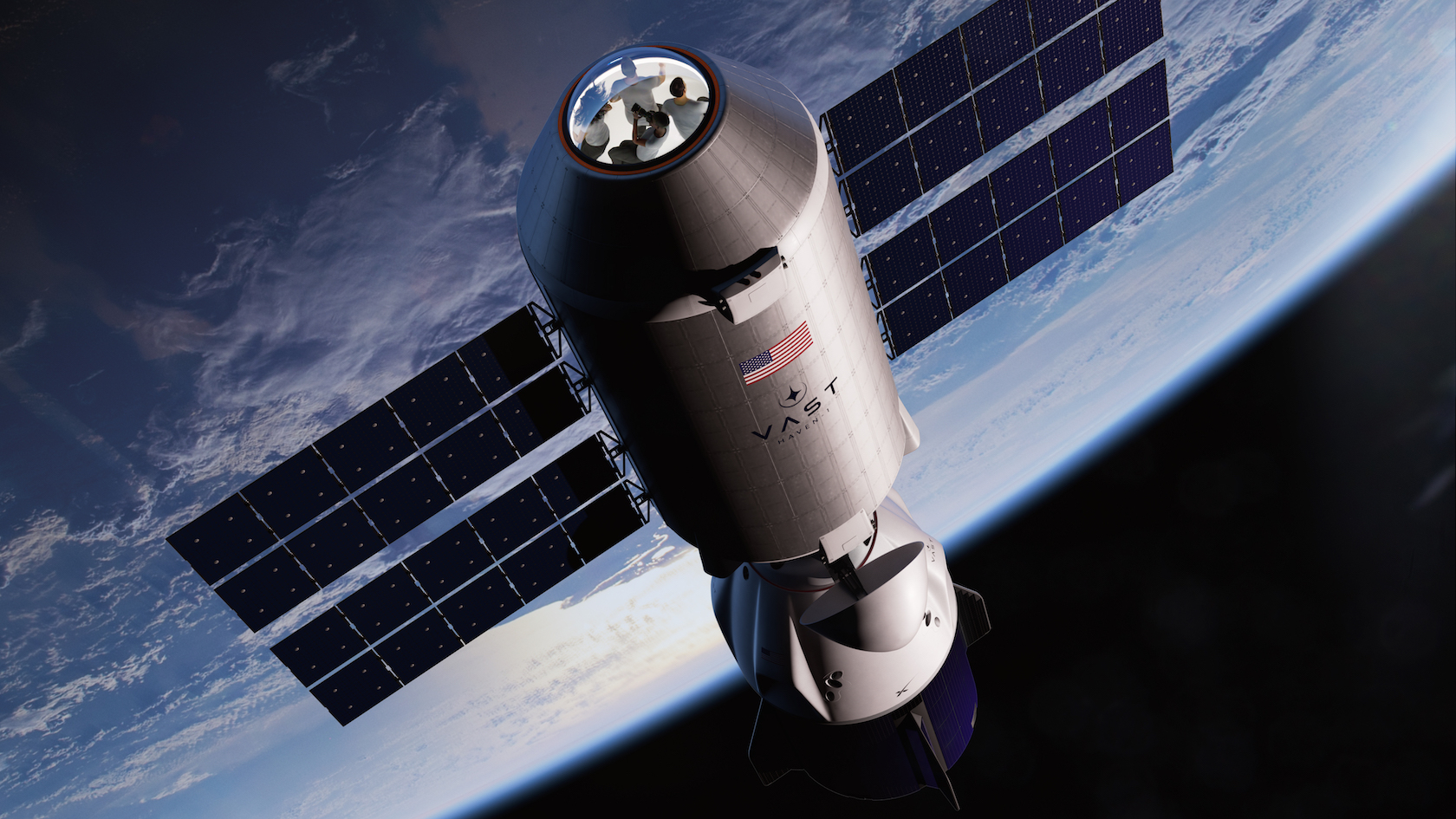
SpaceX and the California-based start-up Vast intend to launch the first commercial space station into orbit as early as August 2025. Crew members will be sent to Haven-1, a small module launched shortly after the first station, aboard SpaceX’s Dragon ship. The station will gradually grow and connect to other modules that will be launched in the future.
The International Space Station (ISS) is expected to operate until 2030 before being decommissioned in early 2031. Several private companies, like Northrop Grumman and Jeff Bezos’ Blue Origin, are developing their own space station designs. However, it appears like SpaceX and Vast will be able to launch the first commercial space station into orbit.
Haven-1 can accommodate four persons at a time
Because the Haven-1 station is modest, measuring around 33 feet long and 12.5 feet broad, it will only require a single launch to reach orbit. It will launch on a SpaceX Falcon 9 rocket. Haven-1 will have a docking gate intended for Crew Dragon, SpaceX’s human-rated spacecraft, and will be able to host up to four crew members at once.
The space station would give continuous connectivity
The space station will allow for stays of up to 30 days and will allow for “science, research, and in-space manufacturing.” According to Vast, the space station would give continuous communication via onboard wifi during the mission. One of the company’s primary goals is to build a larger station with artificial gravity and to launch additional modules in the future.
“Private individuals” can also visit the space station
In fact, Vast-1, the flight that will deliver the first four astronauts to the space station, is now open for reservations. The seats are being offered for sale not just to space agencies and professional astronauts, but also to “private individuals.” However, the corporation has not yet specified how much it would charge for space station stays.
Vast is a significant step toward the privatization of space
“A commercial rocket launching a commercial spacecraft with commercial astronauts to a commercial space station is the future of low Earth orbit, and with Vast we’re taking another step toward making that future a reality,” said Tom Ochinero, SpaceX’s senior vice president of commercial business.
If everything goes as planned, SpaceX-Vast will reach a critical milestone
If SpaceX and Vast succeed, it will be the first time a commercial rocket company launches humans to a commercial space station, marking a significant milestone. They will outperform the commercial Starlab project by NanoRacks, Lockheed Martin, and Voyager space, scheduled for 2027, and Axiom which is also aiming to launch the first phase of its orbital platform by “late 2025.”






